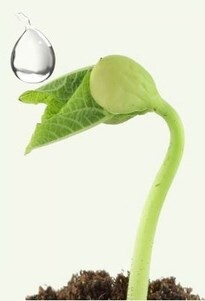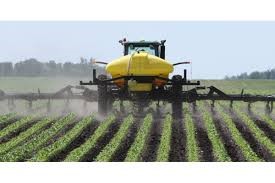
Liquid fertilizers include nitrogenous fertilizers, anhydrous liquid ammonia, aqueous ammonia, ammoniates, concentrated solutions of ammonium nitrate and urea, and complex fertilizers containing two or three basic plant food elements (nitrogen, phosphorus, and potassium) in various proportions.
Liquid fertilizers are better at balancing the pH of the soil based on the chemicals they are delivering. Nitrogen, for example, can be incredibly helpful in the right amounts but also can kill plants if overapplied.
Liquid fertilizer is fast-acting. A liquid fertilizer can be faster acting than a dry or granular fertilizer, because the fertilizer has already dissolved into the liquid and thus plants will take it up quickly in larger quantities. This isn’t appropriate for all landscape settings, such as when you are fertilizing shrubs, but when you are fertilizing brand-new plants or seedlings, or those plants with an obvious nutrient deficiency such as all over yellowing or yellowing in between the veins, a liquid organic fertilizer can act as an “energy drink” for your plants to give an immediate boost in health.
Granular and liquid both contain and provide for the crop the needed nutrients to survive and thrive, but one main difference between the two has less to do with form than placement and coverage. Banded, nitrogen and potassium granular fertilizers may burn your seeddue to a higher salt content, Moyer says.

For direct import consult us: contact@rymaxglobal.com